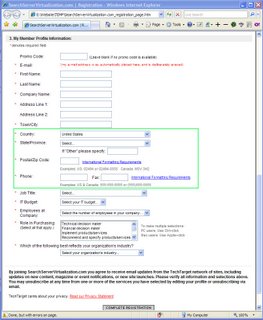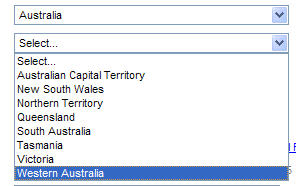The excellent trend continues ...
The December 2006 issue (Volume 45 no 4) is focused on Business Collaboration, which is the focus of the Workplace Portal and Collaborative (WPLC) software division. WPLC is responsible for all Lotus branded products as well as WebSphere Portal. A common theme in several papers in this issue is activity-based collaboration, which is an important research focus for continued development. You can learn more about activity-based collaboration in this exciting issue of the IBM Systems Journal:
http://www.research.ibm.com/journal/sj45-4.html
Nine papers of this issue deal with business collaboration, and they cover activity-centered collaboration with customers, the use of patterns for capturing best practices, tools for supporting activity-based collaboration, user studies, and collaboration-related analytics and visualization. A tenth, non-topical paper deals with the use of ontology in the development of software architectures.
It's a sobering thought that the Systems Journal goes back to 1957. Hey, that was well before Microsoft appeared on the scene, and my final high school year!
Since I went on to major in Chemistry at university, perhaps (if I had known about the Journal in those days) I'd have found the very first article of some interest: Domain Orientation in Barium Titanate Single Crystals ("An acid etching technique makes visible the domain structure of barium titanate crystals as reported by Hooton and Merz. Earlier observations by Merz of the mechanism of switching are confirmed by experiments using this technique. A discussion of domain wall formation in the orthorhombic state leads to the explanation of observed domain patterns. Photomicrographs are shown and discussed.") -- then again, perhaps not.
ASIDE:
Everyone regards Microsoft to be the "biggest software maker", which might be true in terms of licenses and revenue, but by no means so in terms of software/hardware/research/consulting history and variety. IBM has been developing systems software since 1964 at the very least, that being the year of that the System/360 architecture was announced. And its successor, the System/370 was announced in 1970 (the year that I joined IBM), the first widely-adopted virtual system. But such tales and the argument about "who's biggest" is better left for another time.



